Disappearance of a species, specific to coral reef ecosystems _Technological Otherness over Biological_
Corals are small agencies (Bennet, 2010,95) that, without which the slightest idea of what they are doing, are given time, changing the face of the earth, history and human culture. (Lindsay Bremmer, Thinking with a coral aquapelago)
Coral reefs have demonstrated their ability to create new landscapes and adapt to past events of sea level rise by growing upwards on the fringe of a subsiding volcano, and overtime mature into barrier reef and then into atolls where coral islands form and mature enough eventually for human habitation. In the present day, due to the human activity driven climate change phenomena that we are experiencing coral reefs are at the risk of disappearance, while these coral reefs amount to less than 1% of the ocean itself, extinction of coral reefs will have drastic impacts on many communities , especially to that of coastal and islands. Island nations such as Kiribati, Tuvalu, The Maldives and the Republic of Marshall Islands which are made exclusively of coral atolls, risks being wiped out of the earth’s surface entirely within the century. Although technological advances are what has brought us to the era of the Anthropocene, this paper seeks to understand if more technology just maybe what is needed to resolve if not revert the consequences of human actions that are causing for the current ecological collapse. Humans have been adapting to rising sea levels for many years in different contexts by means of land reclamation, usage of dikes, pumps , sea walls to either protect settlements from coastal erosion and flooding. we are beginning to rethink these traditional strategies as rising temperatures could bring too much water for even dikes and pumps to keep back, this new thinking speculates on idea of amphibious architectures such as floating technologies that provides more sustainable options and opportunity to maintain a healthy life below water as much as on newly created land.
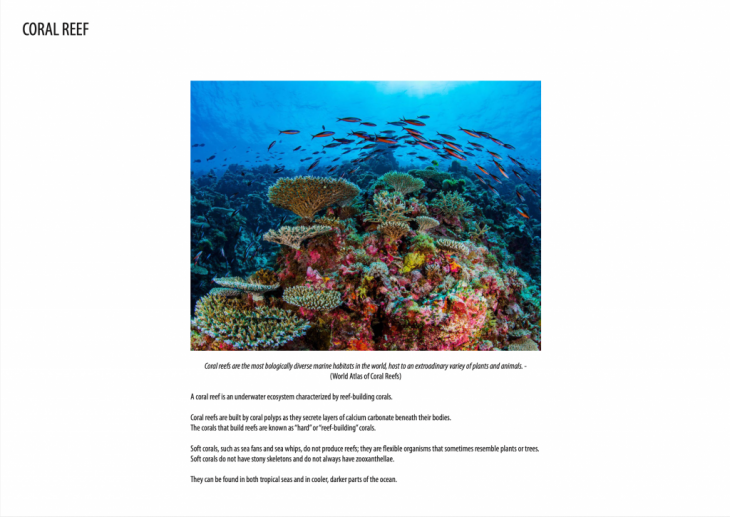
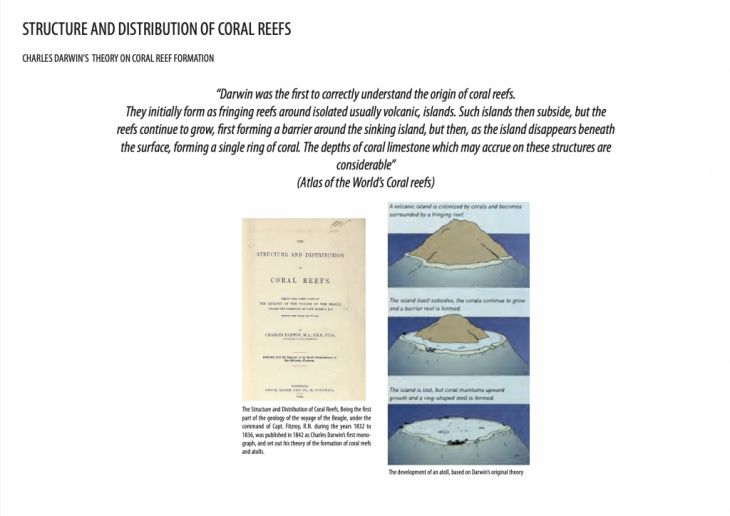
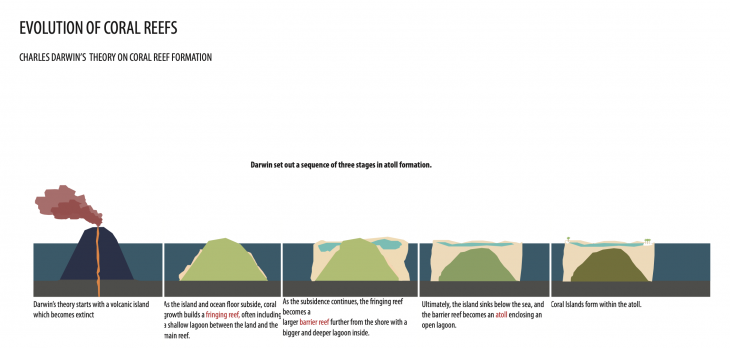
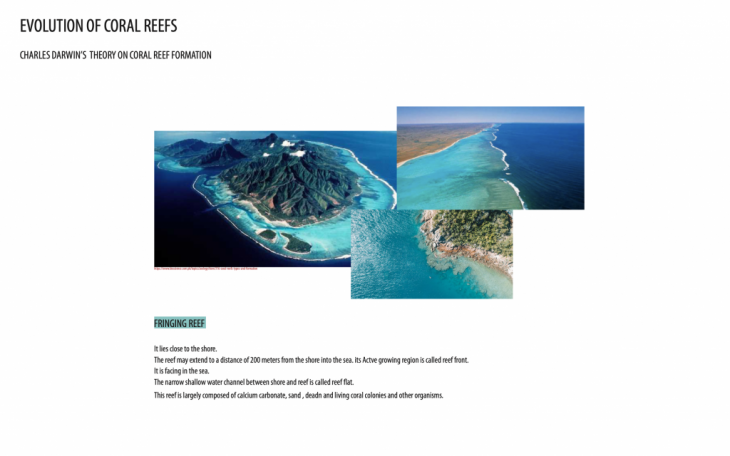
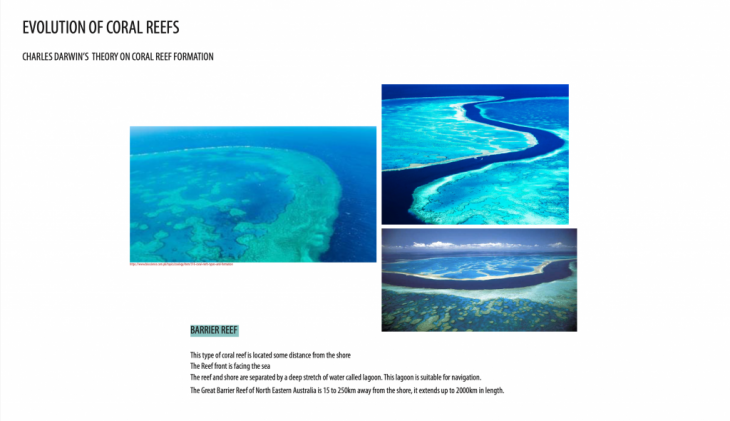
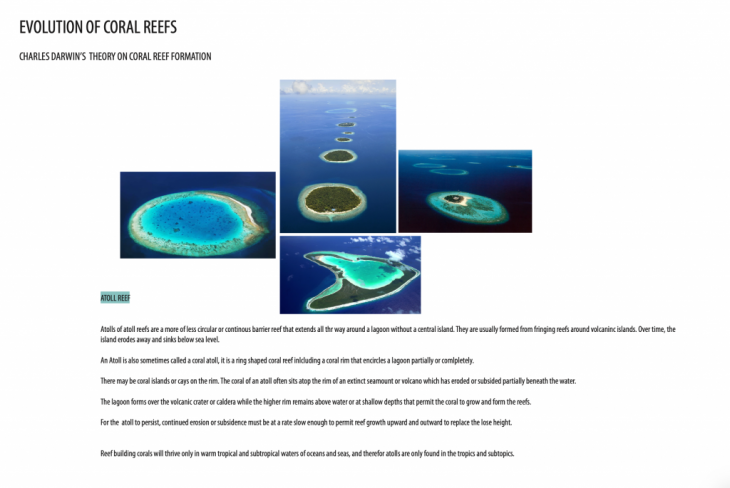
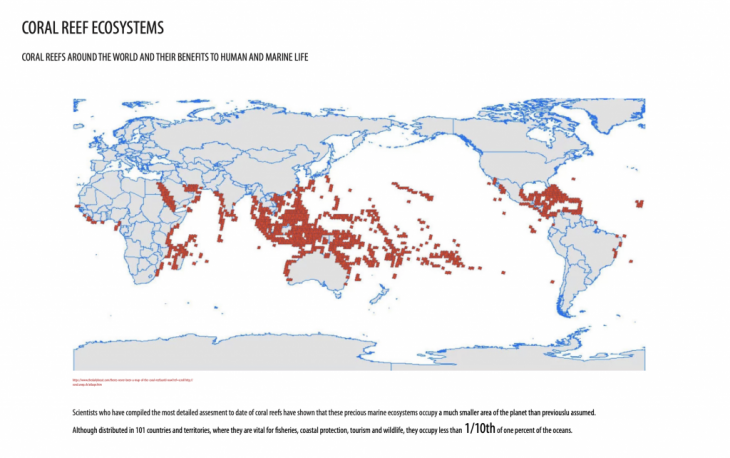

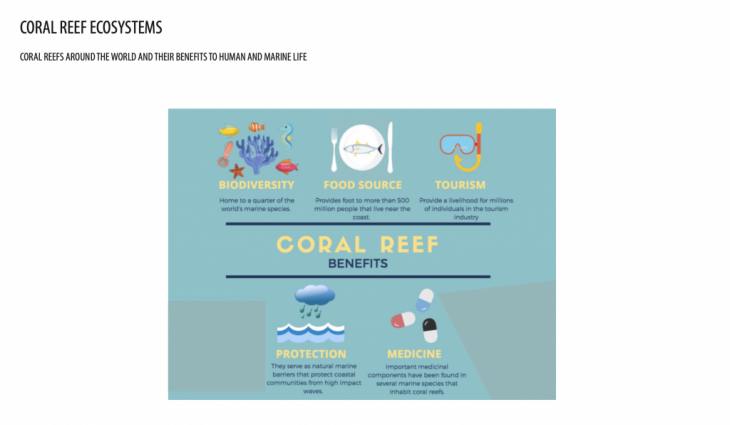
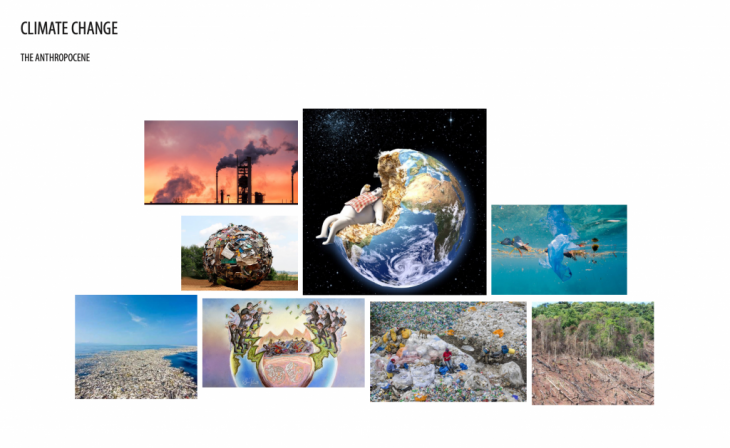
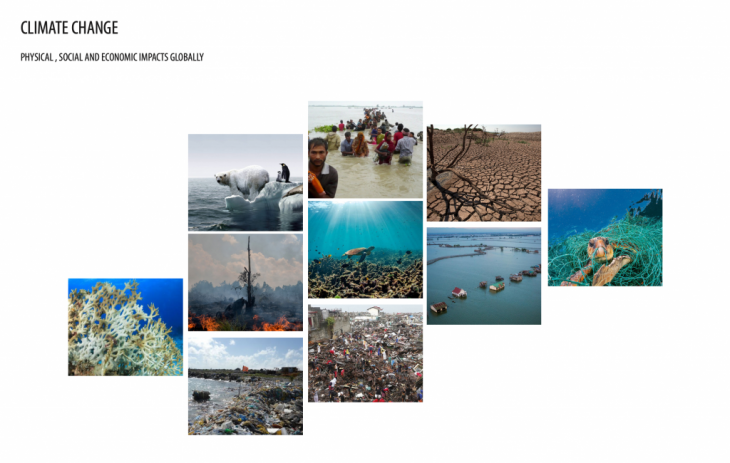
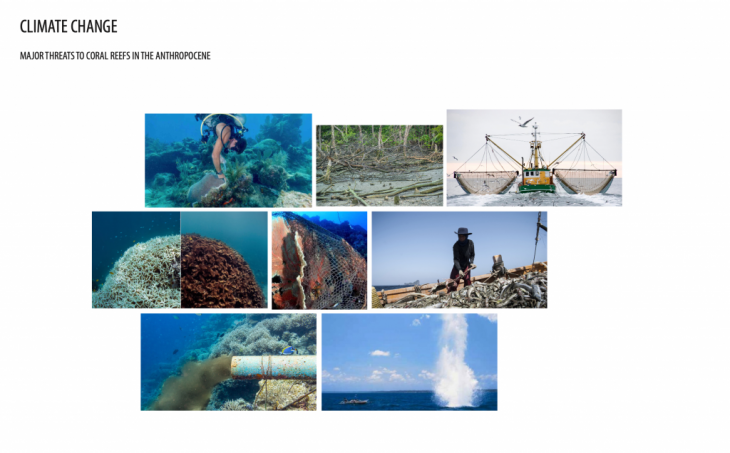

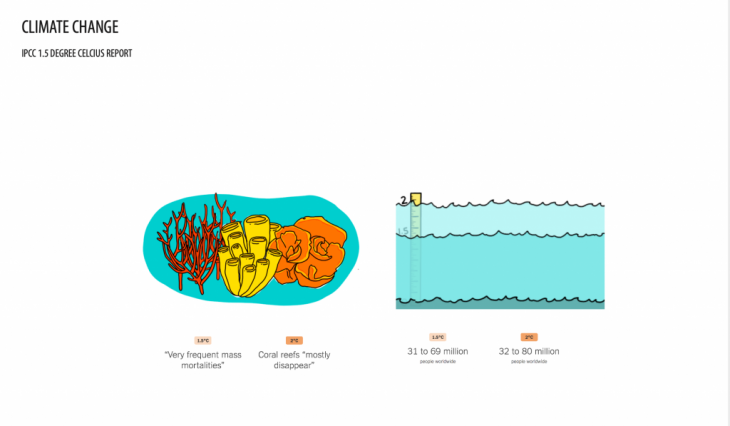
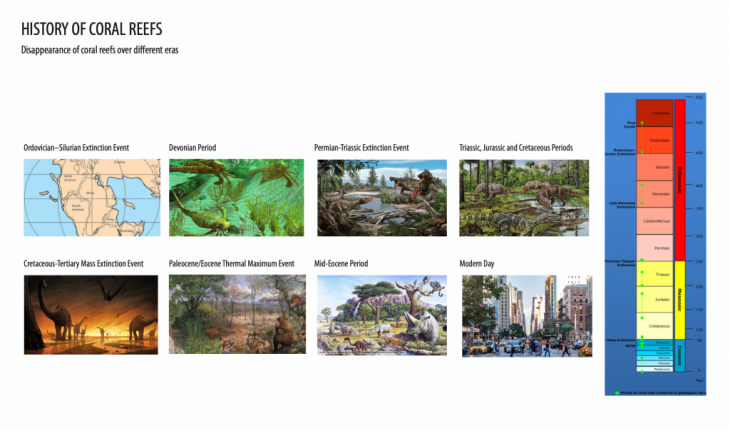

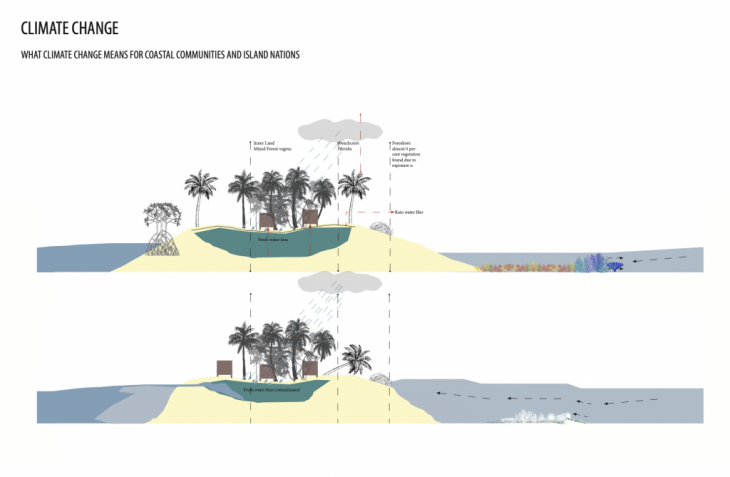
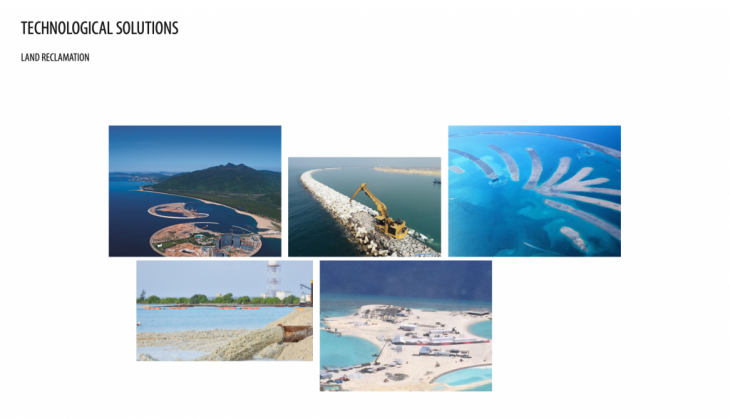
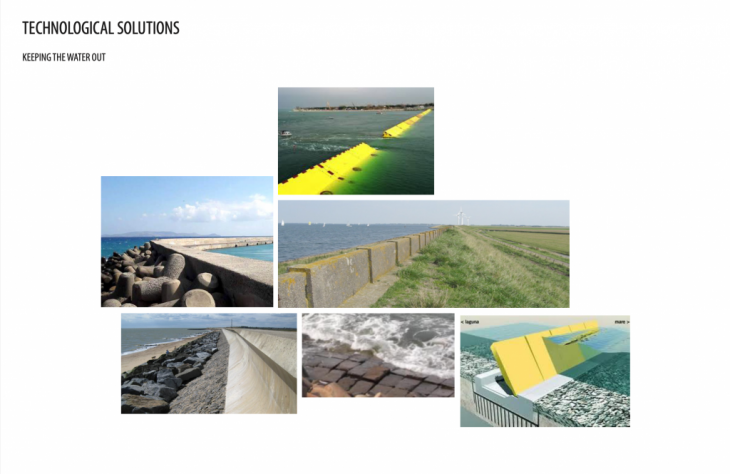
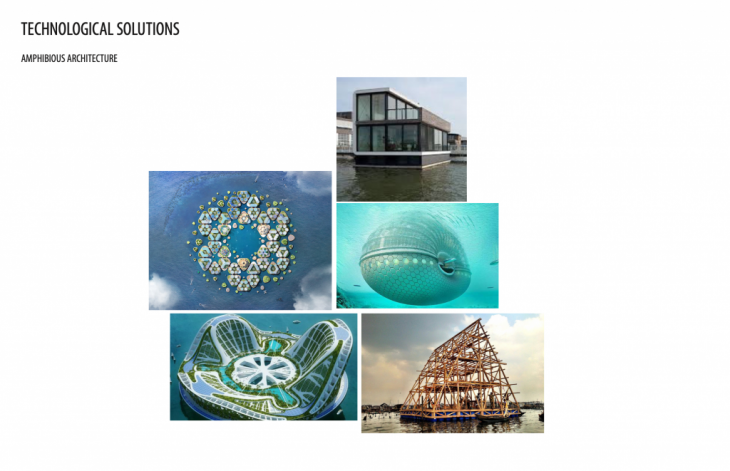
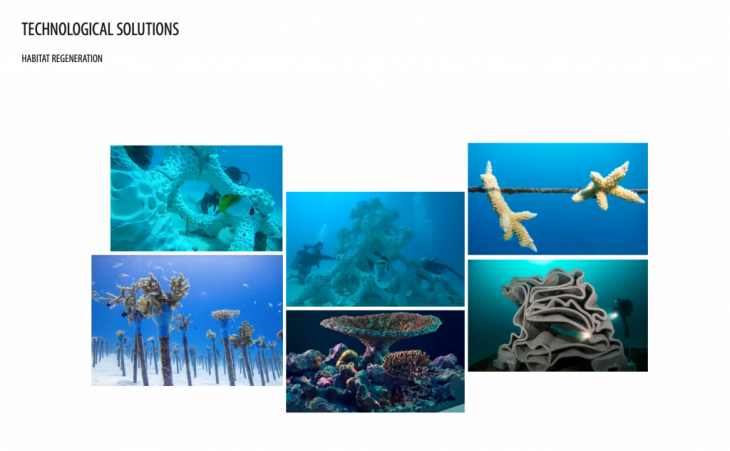
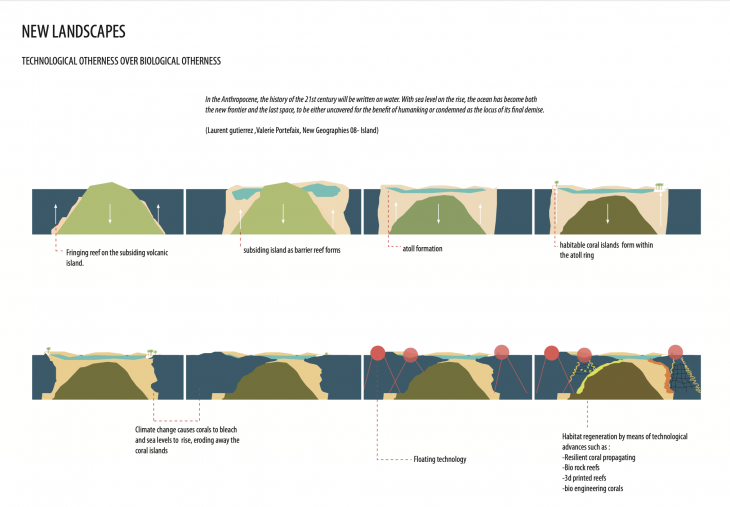
In conclusion, it is found that the evolution of coral reefs from fringing to atolls itself demonstrates nature’s ability to create new landscapes when the existing volcanic island subsided in to the seabed. In the face of modern day climate change, we can find hope in the capacity of the technological advances in helping create newer landscapes. In the case of coral islands climate change caused by technology needs to be addressed with more technology rather than seeking to return to a pristine and original biology.
Bibliography Spalding M.D., Ravilious C. and Green E.P. (2001). World Atlas of Coral Reefs. Prepared at the UNEP World Conservation Monitoring Centre. University of California Press, Berkeley, USA. Icriforum.org. (2020). What are corals? | International Coral Reef Initiative. [online] Available at:
[Accessed 1 Mar. 2020]. Oceanservice.noaa.gov. (2020). Are corals animals or plants?. [online] Available at:
https://oceanservice.noaa.gov/facts/coral.html
[Accessed 1 Mar. 2020]. Condie, K. (2011). Earth as an evolving planetary system. Amsterdam: Elsevier Academic Press. Society, N. (2020). atoll. [online] National Geographic Society. Available at:
https://www.nationalgeographic.org/encyclopedia/atoll/
[Accessed 7 Mar. 2020]. Globalreefproject.com. (2020). Coral Reef History – Global Reef Project. [online] Available at:
http://globalreefproject.com/coral-reef-history.php
[Accessed 2 Jan. 2020]. Ft.com. (2020). Architects look to floating cities as sea levels rise. [online] Available at:
https://www.ft.com/content/276eb3a0-5d3c-11e9-840c-530737425559
[Accessed 8 Mar. 2020]. Oceanix.org. (2020). Oceanix | Leading the next frontier for human habitation. [online] Available at:
[Accessed 8 Mar. 2020]. Darwin, C., Bonney, T. and Darwin, F. (1972). The structure and distribution of coral reefs. [New York: AMS Press. Climate Action – European Commission. (2019). Paris Agreement – Climate Action – European Commission. [online] Available at:
https://ec.europa.eu/clima/policies/international/negotiations/paris_en
[Accessed 21 Aug. 2019]. ScienceDaily. (2019). Rising sea levels may build, rather than destroy, coral reef islands. [online] Available at:
https://www.sciencedaily.com/releases/2018/11/181113110314.htm
List of Figures Figure 1 – Anatomy of Polyp Figure 2 – Atoll formation Figure 3- Distribution of Coral reefs Figure 4 Coral reef statistics around the World. Figure 5 – Map and section diagram of water system and land surface permeability of Veneto region Figure 6 – Netherlands Land reclamation Figure 7 – Sea walls Figure 8 – MOSE project Figure 9- Floating house Figure 10 – Floating Eco polis – LilyPad Figure 11 – Oceanix Project BIG Figure 12- 3d printed artificial reef Figure 13 –
New ReefScapes | is a project of IaaC, Institute for Advanced Architecture of Catalonia developed at the Master in Advanced Architecture in 2020 by:
Student: Aishath Nadh Ha Naseer
Faculty: Manuel Gausa Jordi Vivaldi